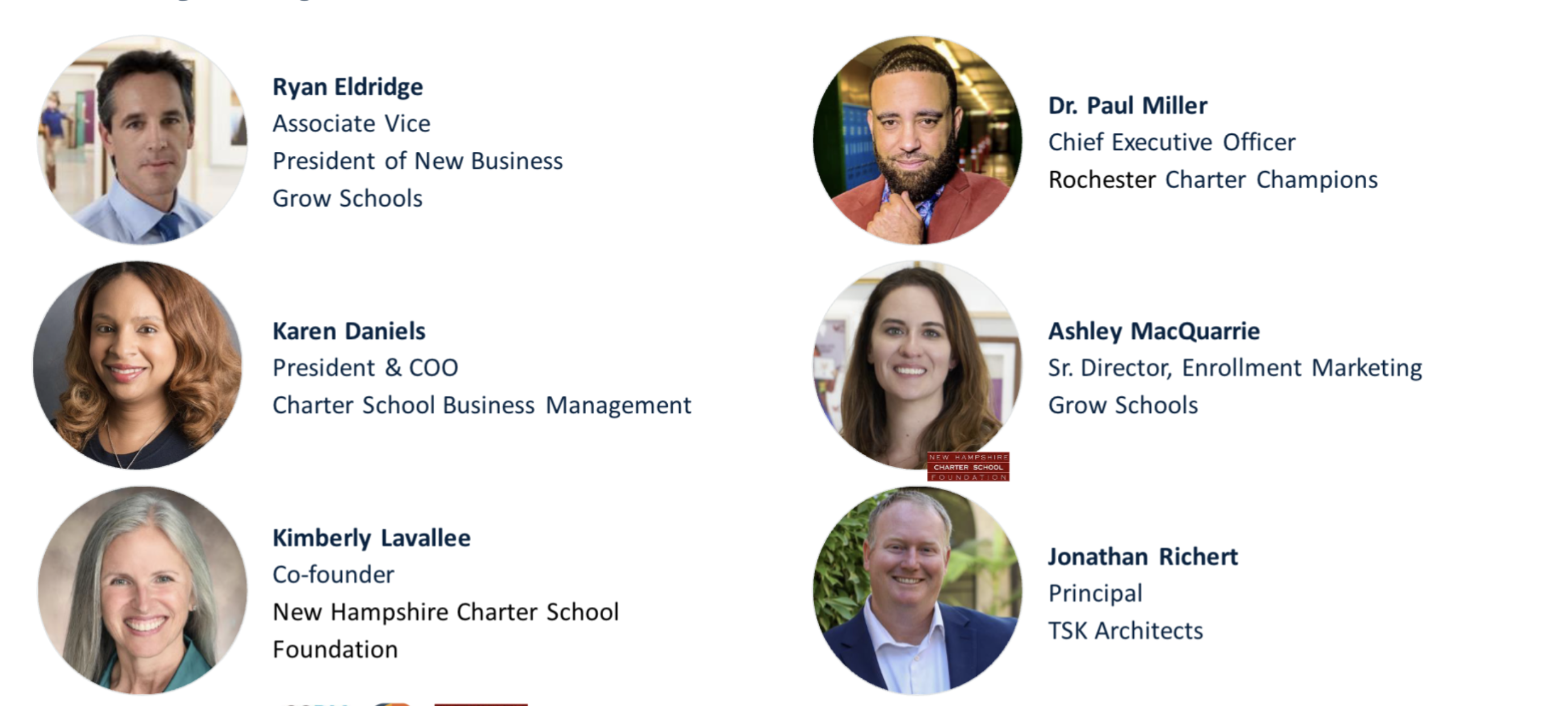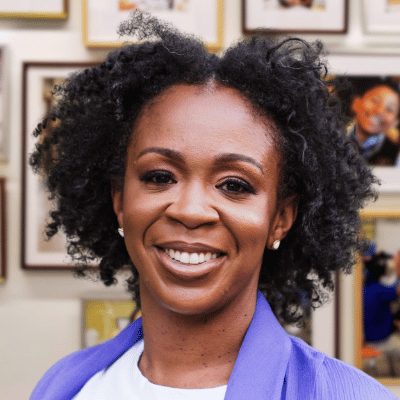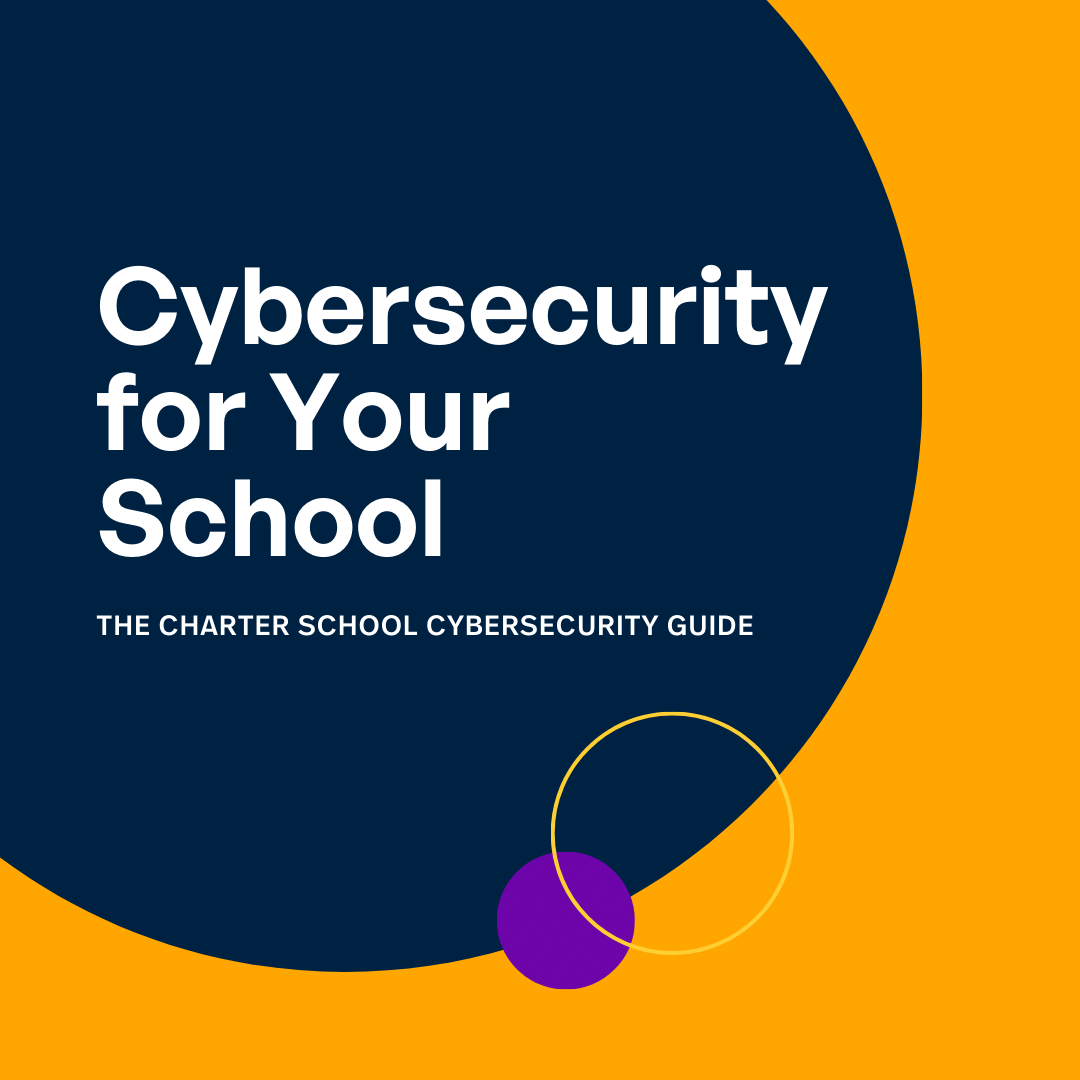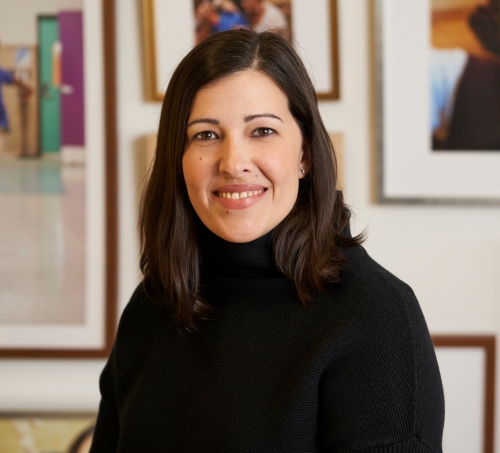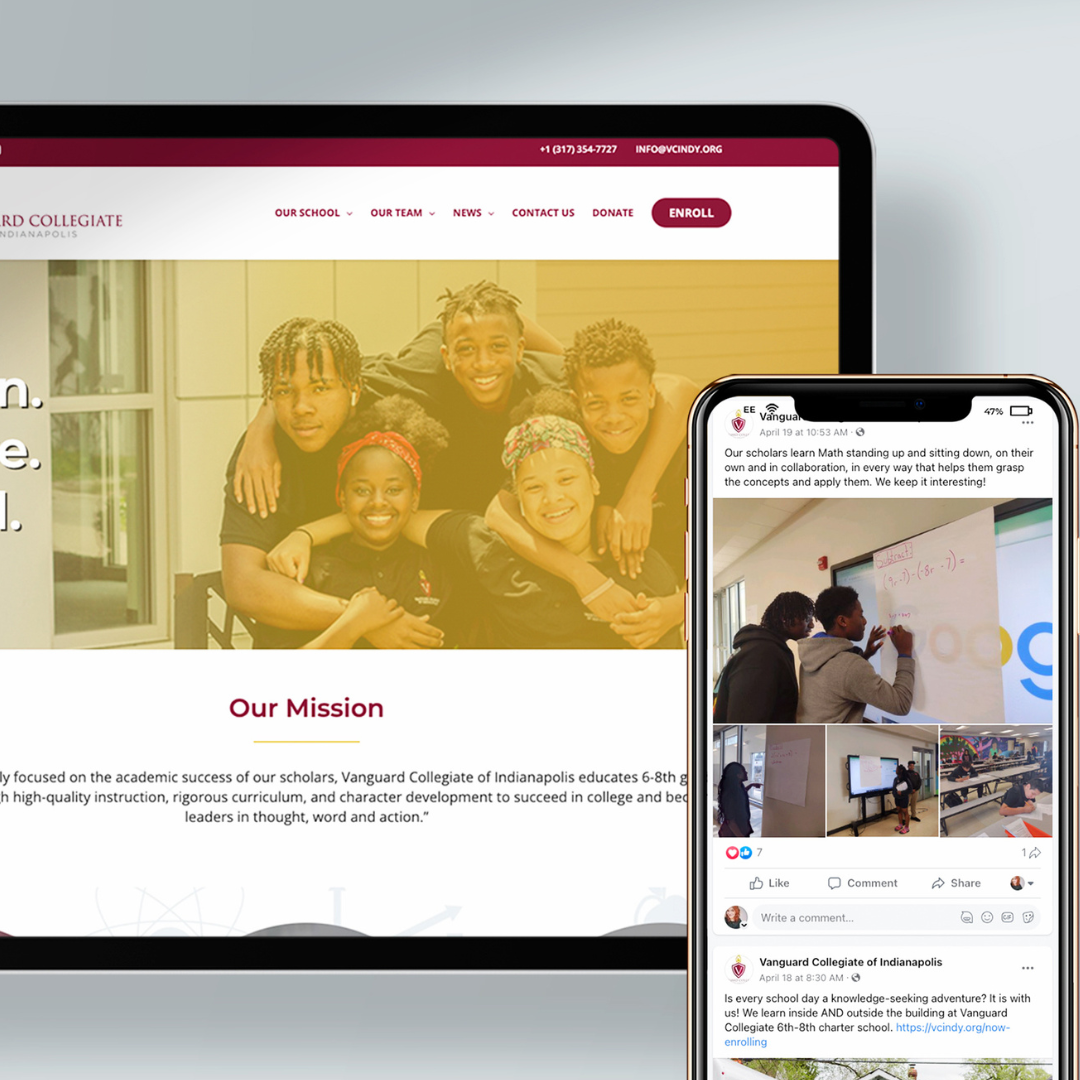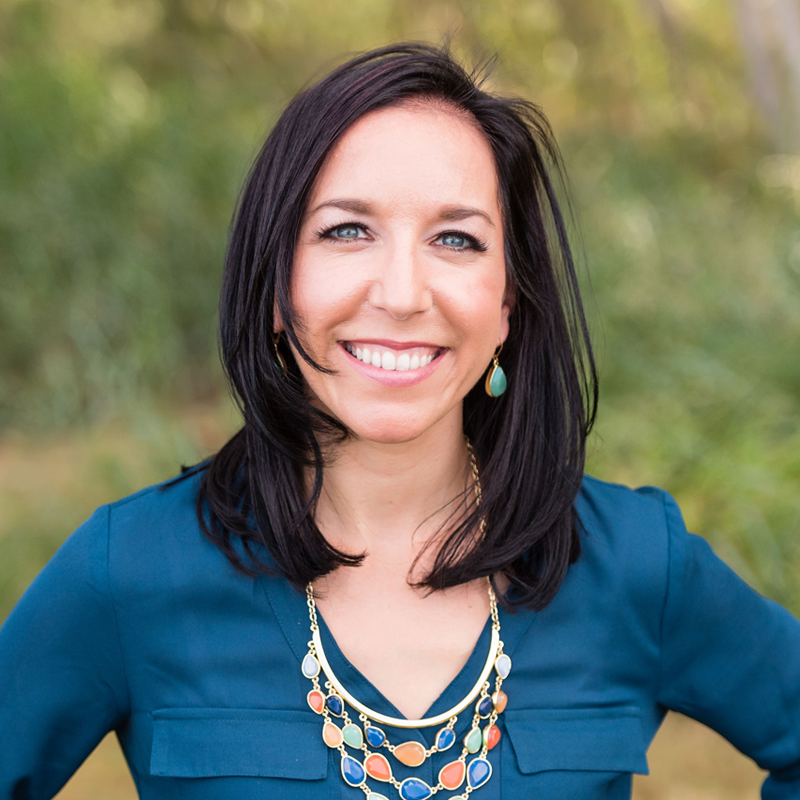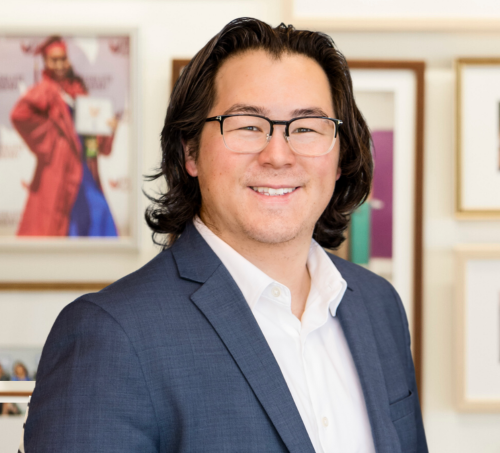Whether you’re focusing on enrollment, celebrating student achievements, or navigating community relations, your local media can be a powerful ally in spreading your school’s story. A well-placed article, TV segment, or social media mention by a trusted journalist can elevate your school’s profile, build credibility, and help attract new families. Media coverage offers external validation that can carry more weight than your school’s website, brochures, or even social media channels. It shows the broader community that your school is making an impact and provides a powerful endorsement that can boost your reputation and reach.
However, like any relationship, fostering a positive connection with local media requires time, effort, and intentionality. It’s not just about reaching out when you have a big announcement or need damage control during a crisis. Building a strong, proactive relationship with local journalists means positioning your school as a reliable and consistent source of positive stories. Journalists want to tell stories that resonate with their readers or viewers—stories that highlight the critical work happening in your school and how it connects with the broader community.
Understanding how to approach media outreach is crucial for school leaders. It requires knowing when and how to share news and learning how to make your school’s mission relevant to a broader audience. Developing a media strategy isn’t just about sending out press releases at the right moments; it’s about regularly engaging with your local press in a way that builds trust and interest over time. This consistent communication will make your school top-of-mind for reporters, increasing your chances of getting positive coverage when the opportunity arises.
Below are some tips you can use to effectively leverage the power of local media to amplify your school’s story in ways that resonate with both journalists and your broader community.
Build Relationships Early
Don’t wait for a crisis or major event to reach out to the media. Begin the school year by proactively sharing good news, such as enrollment milestones, new programs, or noteworthy events. The idea is to establish a positive relationship before you need one. Reporters are much more likely to tell your story if they know you and understand your school’s mission. Plus, when they receive information from you regularly, it positions your school as a reliable source for potential stories in the future.

Use Email as Your Primary Outreach Tool
While phone calls have their place, most journalists today prefer email. It allows them to review your message at their convenience, and for you, it provides an opportunity to craft your pitch thoughtfully. You can take the time to clearly highlight why your story matters and how it connects with their audience. Plus, with email, you avoid the pressure of thinking on the spot or worrying about forgetting a crucial point.
Remember, persistence is key. Media professionals receive pitches daily, so don’t be discouraged if you don’t hear back immediately. A single email might not get a response, but regular updates can help build a long-term relationship. Even if they don’t run your story immediately, your school stays on their radar for future opportunities.
Align Your School’s Story with Community Interests
To capture media attention, think about how your school’s story fits into the broader context of what’s happening in your community. Reporters are often looking for timely, relevant stories that connect with local or even national trends. Is your school involved in a community-wide event? Are your students participating in a project that supports a local cause? Maybe your school’s new program ties into a current hot topic in education, health, or technology.
Understanding what’s important to your community and how your school contributes to those priorities is key. Reporters will be more likely to pick up your story if it aligns with broader issues their readers or viewers care about.

Don’t Be Shy About Sharing Wins
Celebrate your successes! Whether receiving a new grant, achieving academic excellence, hosting a well-known guest speaker, or even reaching a milestone in your school’s growth, these are all newsworthy moments worth sharing. A press release or direct email to local reporters can help get your story out to a wider audience. Don’t hesitate to reach out and invite reporters to cover events like assemblies, award ceremonies, or community partnerships.
By sharing your wins regularly, you create a steady flow of positive news about your school. This keeps your school in the public eye and helps control the narrative when less favorable stories come out. The more positive stories you share, the more likely people will see your school in a balanced, favorable light.

Leverage Visual Opportunities
Reporters, especially those from television or online platforms, always look for strong visuals to accompany their stories. Think about what you can capture on film that would make an engaging and compelling story. Whether it’s a hands-on science experiment, a sporting event, or a lively classroom activity, having strong visuals can make your story more attractive to media outlets.
—
By building strong relationships and sharing your school’s accomplishments, you can ensure that when people hear about your school, it’s not just through your website or social media—but from trusted local media sources. This third-party endorsement adds weight to your message and helps to establish your school as a cornerstone of the community.
About the Author
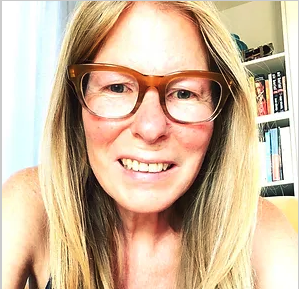
Jean Shields Fleming is a global communications consultant – but a teacher at heart. She started her career teaching middle school reading, and went on to lead communications for NWEA and Scholastic. She has worked with a diverse range of large and small organizations including Nike, Estee Lauder, Nikon and the Pan African Sanctuary Alliance. A two-time winner of awards from the Interactive Marketing Association for content and social media programs, she is also founder and editor at Certain Age Magazine. Learn more at WorldChangingCommunications.com.




